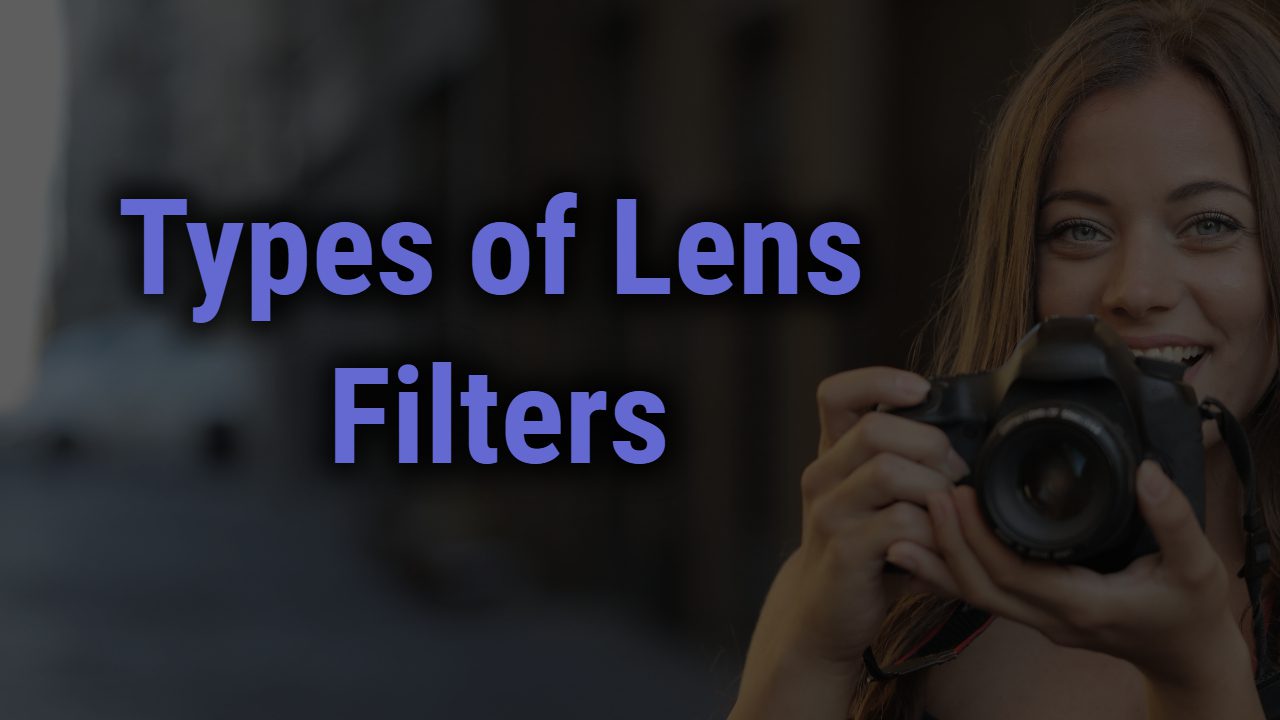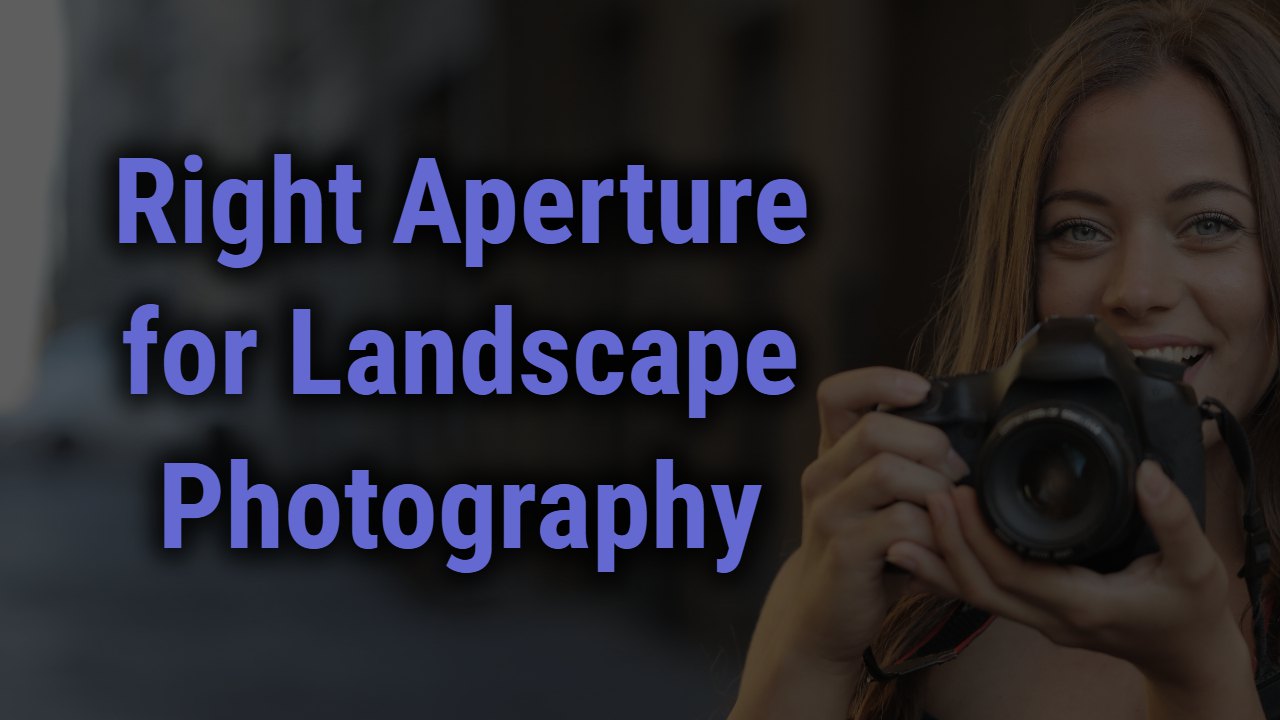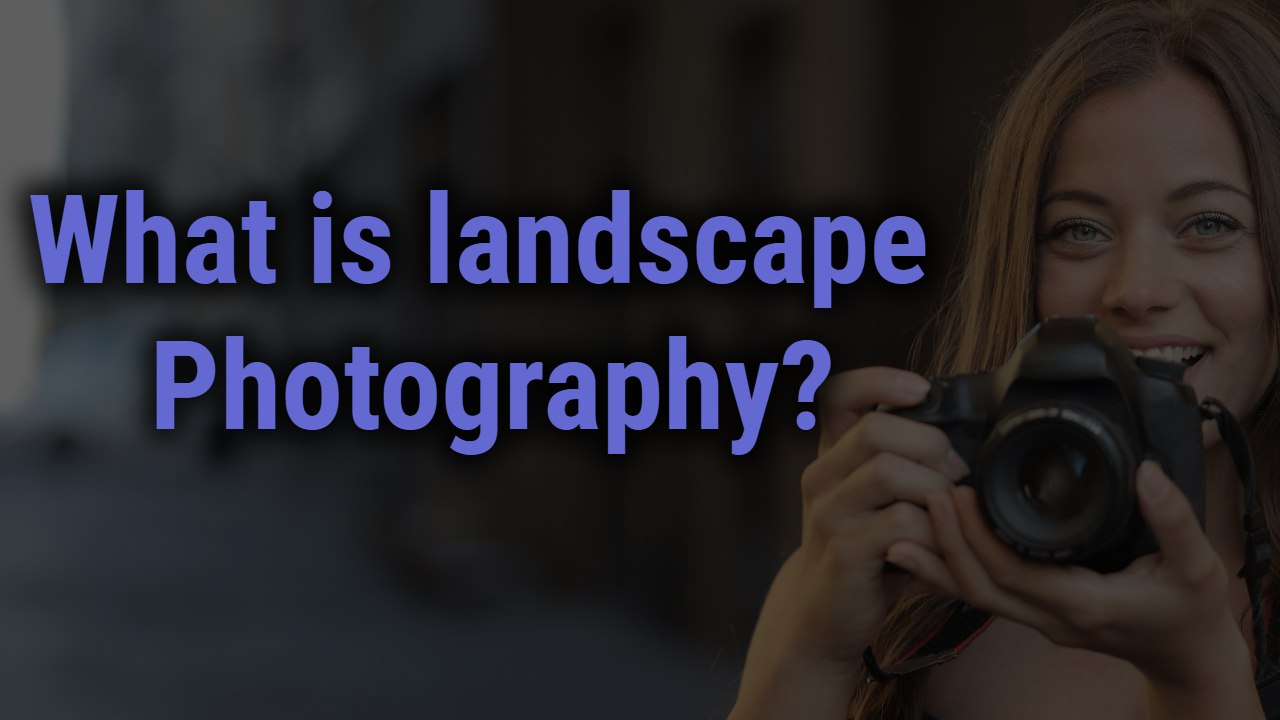Camera lens filters play an important role in photography. Filters can make photographs look better in certain circumstances. In digital photography, there are many reasons why photographers prefer using these filters.
Lens filters can help capture different scenes or subjects under difficult hunting situations. Some photographers also use it to add unique and special effects to their photographs.
There are still some people who prefer using applications like Photoshop to add special effects and filters. Nonetheless, the enhancement that these filters can bring to the table is exceptional. They help in minimizing reflections, flares, and even ghosting.
In addition, lens filters can also enhance the colors and add some unique effects. When you’re having issues with photography due to light, lens filters can reduce the light that enters your lens.
The lens filters are quite handy in landscape photography, and many professionals use them. However, that may not be the case with street or portrait photography.
There are multiple types when talking about lens filters, each having its unique feature and function. If you want to know which lens filter would work for you the best, you first have to understand the types of lens filters.
This Post Contains
7 Types of Camera Lens Filters You Should Know About
Below are the 7 different types of lens filters and their information.
1. UV and Skylight Filters
The UV filter’s main purpose is the protection of your lens. These filters protect your lens’ front element against dirt, moisture, or scratches. Hence, it’s perfect for dusty, wet, or muddy environments. Hence, if you plan to shoot outdoors, it would be an excellent idea to go for UV/skylight filters.
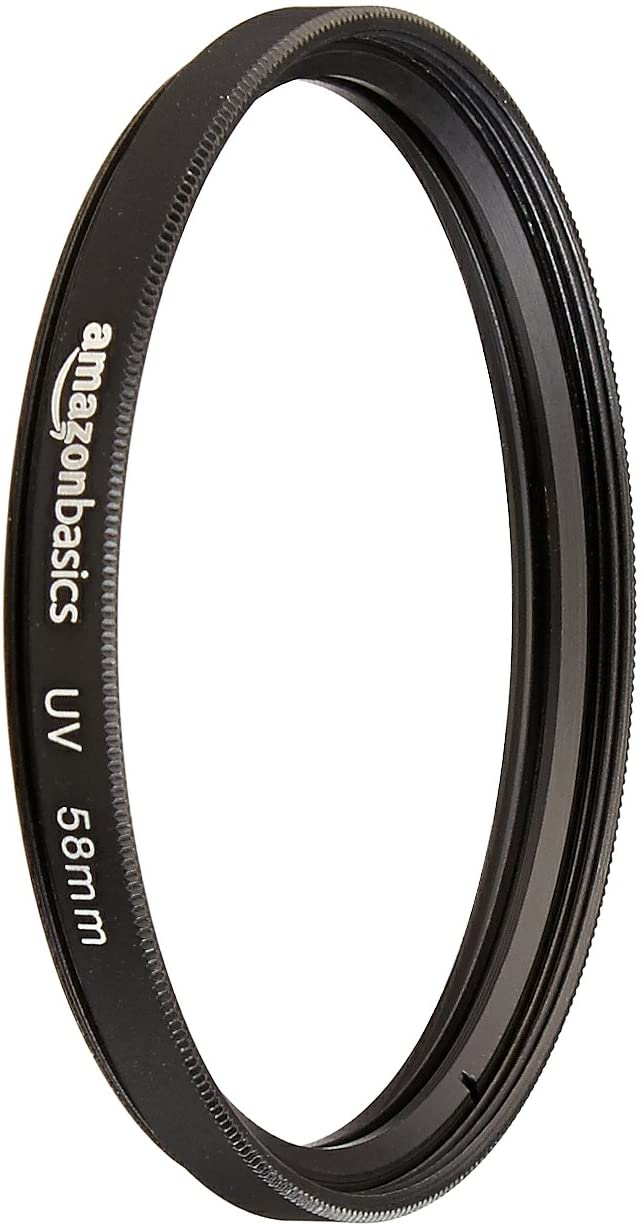
Previously, people used these filters to block UV light from affecting photographic films. Old photographic films were more sensitive to UV rays than today when discussing skylight filters. This helps minimize the blue cast in photographs that you may notice during outdoor photography.
Furthermore, you won’t have to worry about any color reflections from objects around the scene or the subject you are shooting. When investing in a UV and Skylight filter, it’s better that you buy one that has high quality. It’s because low-quality filters can detract from the image quality or even intensify flares.
2. Neutral Density Filters
If you want to click high-quality photographs without any issues due to light, then the neutral density filters will be handy. These filters refer to dark filters that control how much light will enter your camera’s sensors. It only affects the light levels entering your lens. Hence, you won’t notice any changes in the image’s color, sharpness, or contrast.
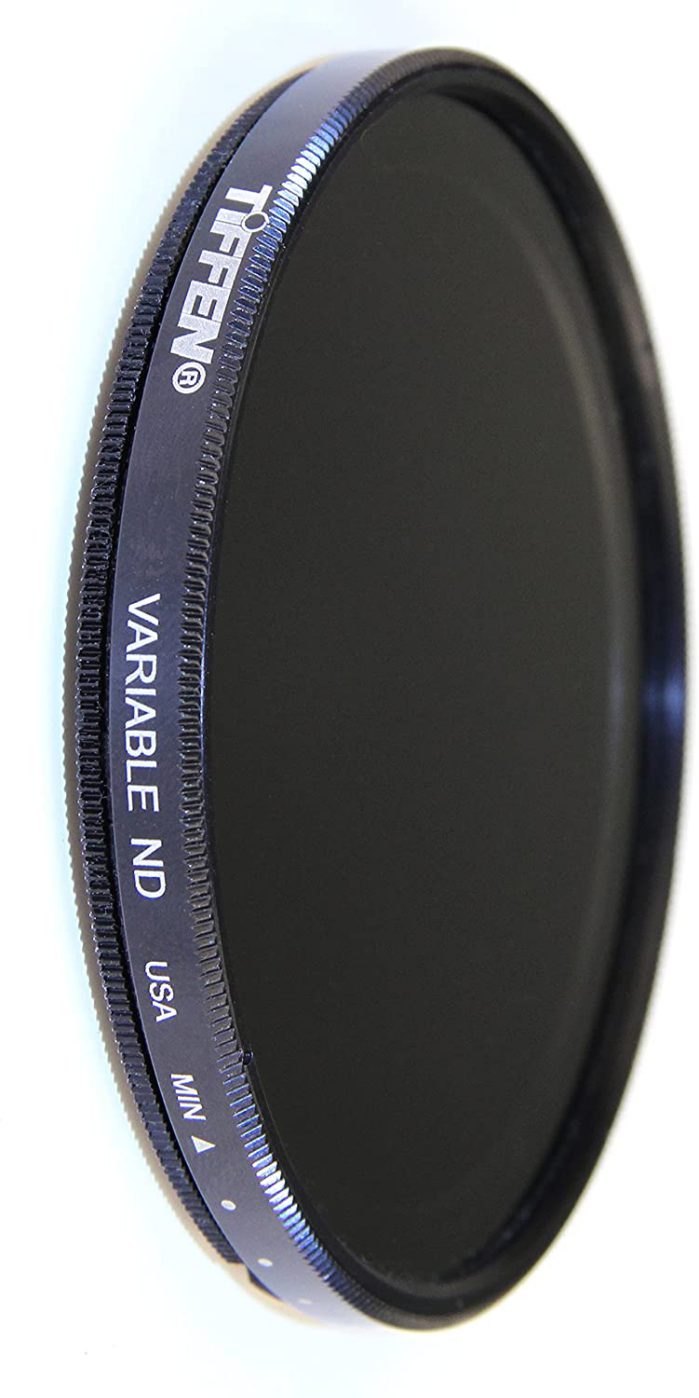
A neutral-density lens filter can make shooting in harsh or complex lighting situations easier. Think of it as a tool that controls the volume of light. Hence, you can manipulate the light conditions in your pictures and get flawless results.
When you can control the amount of light that enters your lens, it will be easier to create your desired results in terms of photography. Such filters are useful during the daytime due to the abundance of light.
In addition, you’ll be able to shoot using slow shutter speeds without even overexposing your photograph. You can also find variable neutral density filters that can be rotated to control the light’s amount.
These filters are most suited for flash and landscape, and street photography. Furthermore, you can also use these filters to capture moving water bodies such as waterfalls or rivers.
3. Graduated Neutral Density Filters
GND or Graduated Neutral Density Filters are darkened filters placed in front of your lens. It’s similar to the neutral density filters since it also blocks lights from entering the sensor of the lens.
However, it is different from the ND filters because only its top is the darkened part. Hence, you will be able to darken only one part of the frame, and the remaining area won’t be affected by it.
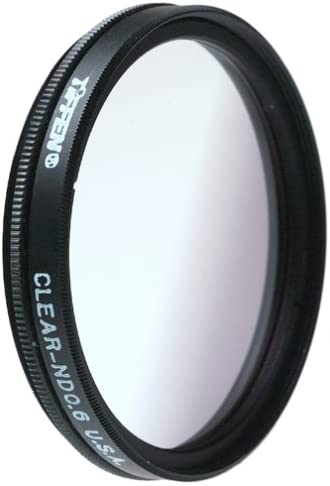
This type of filter is mostly used for videography or landscape photography. There are usually 3 types of GND filters: soft-edge GND filter, hard-edge GND filter, and reverse GND filter.
If you have to handle tricky lighting situations without depending on photo editing tools, this filter will be handy. These filters are suitable when you have to shoot during golden hours, that is, before sunset or after sunrise.
4. Polarizing Filters
Polarizing filters can help to add depth to your photographs. These filters reduce atmospheric haze and reflections and increase an image’s color saturation. Photographers prefer this filter in architecture, cityscape, and landscape photography.
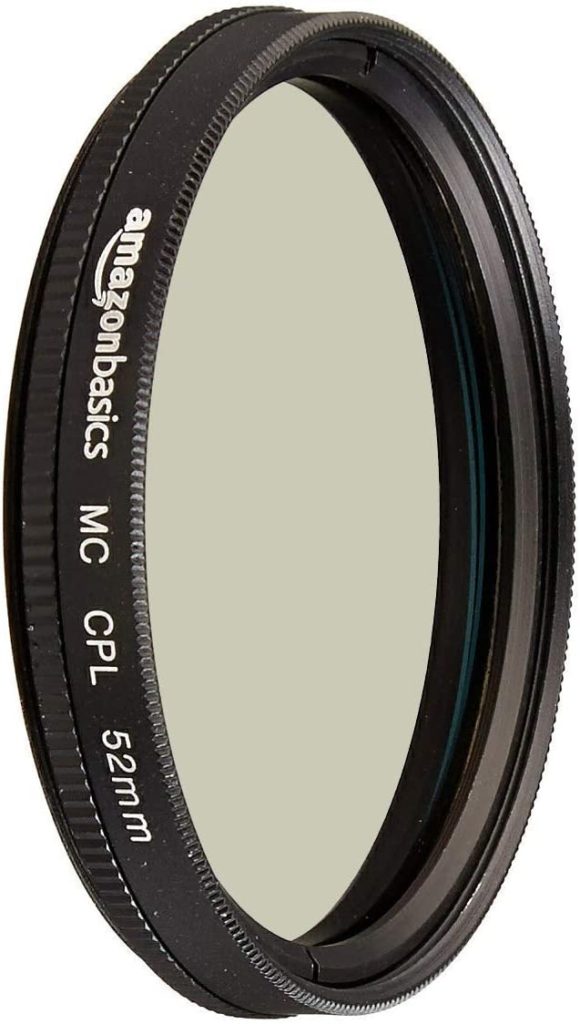
This filter increases your image’s color saturation by minimizing reflections from leaves, grass, water, and other non-metal surfaces. In addition, it helps to make the sky look deep blue in the images you click.
Compared to green and red waves, blue light waves are shorter and scatter easily. However, polarizing filters help to prevent random blue light waves from entering the lens. As a result, you will get close to pure blue light in your lens through polarizing.
Polarizing filters come with rotating mounts, making them easily attachable to the lens. In short, they can eliminate glares, darken skies, reduce reflections and make the colors pop.
5. Color Correcting Filters
Color-correcting filters can modify your image’s saturation, hue, and color. Although the digital era prevails, these filters are still highly popular as they add interesting touches to images. You can also call these filters color conversion, cooling, warming, or color compensating filters. Color filters can enhance or correct the color of your images.
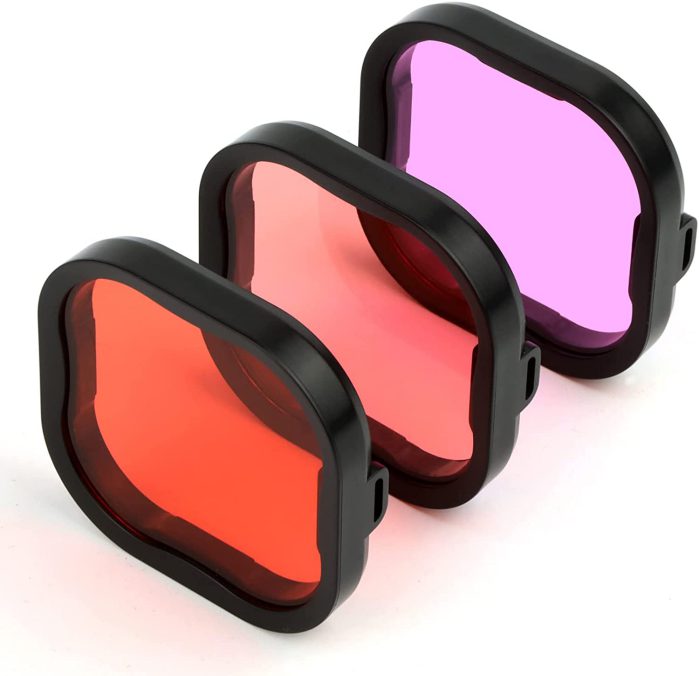
You will find 2 types of color-correcting filters – color subtraction and color correction. Color correction helps with white balance, while color subtraction helps absorb one color and let other colors pass.
These lens filters used to be highly popular for film. The color correction lens can be a timesaver if you need to get an accurate skin tone under different lights.
6. Macro Filters
You can screw the macro filters on your camera lenses. These attachments are of 2 types and are also known as close-up filters. In addition, macro lenses are perfect for macro photography. They allow you to get a close view of the subject and even decrease the lens’ minimum focus lens.
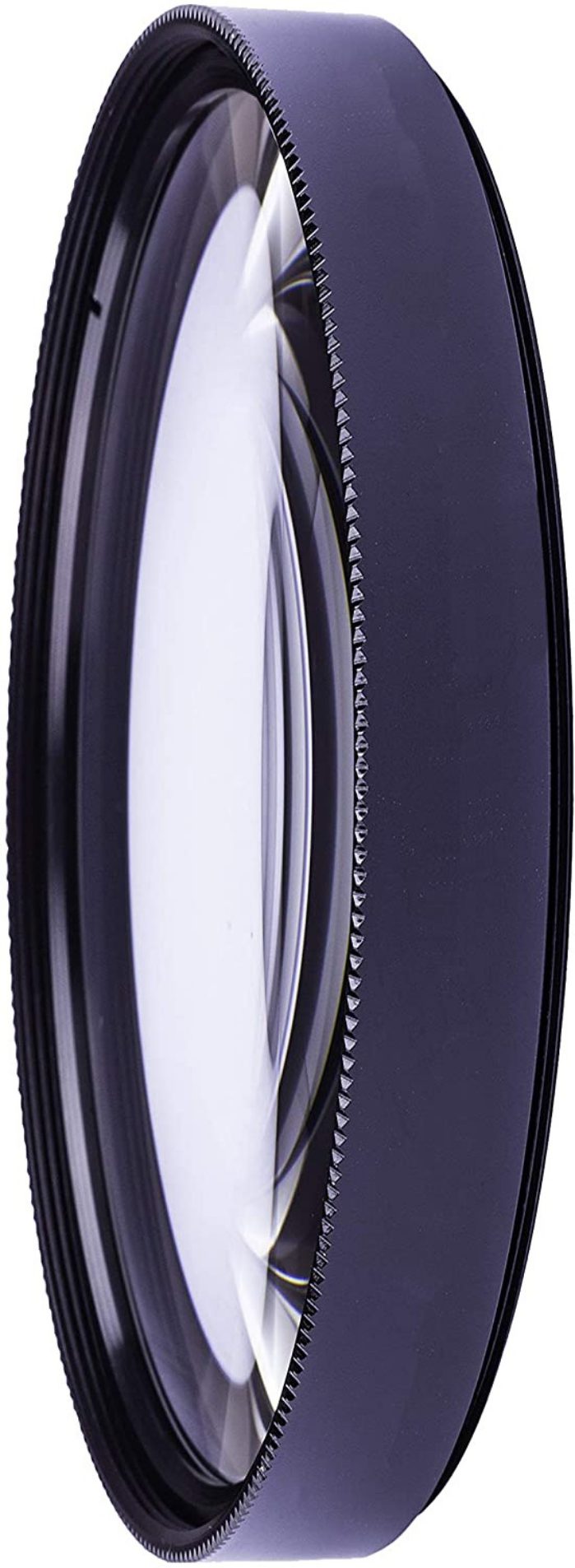
If you want your normal lenses to work as macro lenses, using this filter would be affordable. Although, if you want professional results, a real macro lens is better.
The close-up filters can’t exactly replace macro lenses. Instead, think of them as magnifying glasses that help to put close focus on the subjects.
7. Special Effects Filters
Lastly, we will talk about special effects lens filters. Such filters are used to add unique looks to photographs. Special effects filters aren’t suitable for every type of photography, but they can be used to add artistic flair to your pictures without any heavy editing.
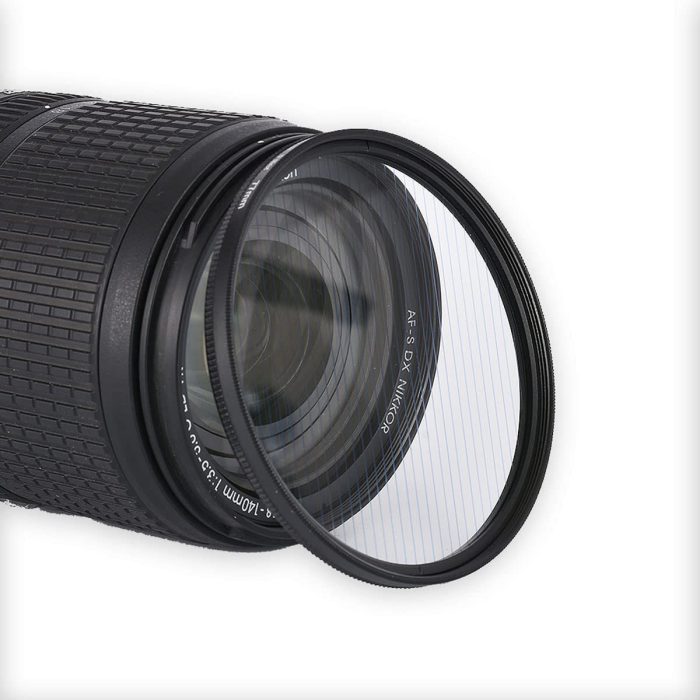
Unlike polarizers or neutral density filters, these filters don’t improve image conditions. Instead, they are used to alter the way your picture looks. The Starburst filter is one of the most popular special effects filters that you can find. They add twinkle effects to your images and highlight light sources more.
Other special effects filters include multi-vision, infrared filters, a day for night filters, and center spot or diffusion filters. People mostly used photo editing tools to add filters to images without the hassle.
Bokeh effects are those that you can’t easily reproduce in Photoshop. Using special effects filters for adding bokeh effects or other such effects can be pretty easy and fun.
How To Choose A Camera Lens Filter Without Confusion?
Are you confused about choosing a new camera lens filter? Don’t know which one will be the best for you? If so, then these definitive factors will help you decide on a camera lens filter. Let’s get to it.
You have to ask yourself certain questions to determine which one you require. These questions include:
- What do I want to do with my new filter?
- What is my budget for the new filter?
- What type of lens will I use with my new filter?
Every filter is different, and it’s better to determine your requirement before looking for the filter.
Understand the type of filter you need
Do you want to safeguard your lens from UV light or any external damage? The UV and skylight filters will be the best choice.
Are you looking forward to controlling the light entering your lens? If so, then you can go for the neutral density filters.
Meanwhile, if you want to make your images look artistic and creative, investing in a special effects filter would add a whole new look to your photographs.
Determine your budget
Budget is also a crucial factor here. If you go for the least expensive filter, you will notice a sacrifice in the image quality. In addition, some of the cheap filters may even get stuck on your lenses.
Although if you don’t have enough budget to buy the expensive filters, you can go for the medium-budget filters. Once you have decided on your budget, you can look for filters based on that.
Select the correct filter measurement
If you already know which type of filter you want to buy with a specific lens, you will need to ensure that it will be the right fit for your lens. You will find the required filter size on your lens (in most cases).
The filter measurement is usually calculated in mm with a “⍉” symbol. Lens filters also have a common filter size that ranges from 58mm to 77mm.
In addition, if you want to use the camera lens filter with multiple lenses, then try buying a filter with the size range required for the largest lens that you own. You can also use step-up or step-down rings, so use any filter with your lenses.
Final Thoughts
These were the types of lens filters and how you can choose one. Camera lens filters can enhance how your images look without any additional editing time.
You can control the lights that enter your lens, change the color hues, and safeguard your lens from UV rays and whatnot with the help of these filters. Each filter has its own functions. Hope this article gives you all the crucial information about camera lens filter types.

